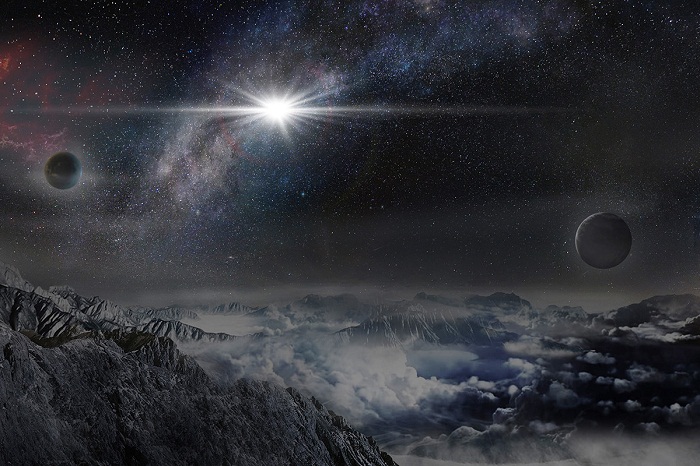Mystery supernova could be fast-spinning magnetic star

But a new analysis using more detailed calculations claims it could happen, if powerful magnetic fields interacted with a big enough cloud of star smithereens.
A magnetar is typically left over when a particularly massive star collapses and explodes as a supernova. Its rapid rotation comes from its parent star’s extreme size, and its magnetic fields come from its fast spin. One can last for thousands of years, exhibiting very short bursts of extremely high-energy output, says Steve Rodney at the University of South Carolina.
Stellar corpse
Previous calculations suggested that any star that could produce as much energy as ASASSN-15lh, which would outshine the moon if it were in our galaxy, wouldn’t survive long enough to become a magnetar.
But now Melina Bersten of the National Scientific and Technical Research Council in Argentina and her colleagues suggest that the stellar corpse that remains after the explosion could pump extra energy into a cloud of gas surrounding it, and produce the superluminous supernova discovered last summer. The team plugged the explosion’s brightness into computer simulations and found that, given a big enough cloud of leftover material, a magnetar would be able to produce the same output.
That cloud of stellar leftovers would have to be pretty extreme, though: at least six times the mass of the sun. For that to be possible, the original, pre-explosion star would need a mass that’s very close to the boundary where stars become too dense and turn into black holes, the authors say.
The magnetar scenario could also explain the first superluminous supernova ever found, in 2011. These numbers are still uncertain, but the goal wasn’t to determine the exact sizes of the stars and stellar leftovers involved, the authors say. “The scope of this analysis is to show that the magnetar scenario is plausible,” they write.















































